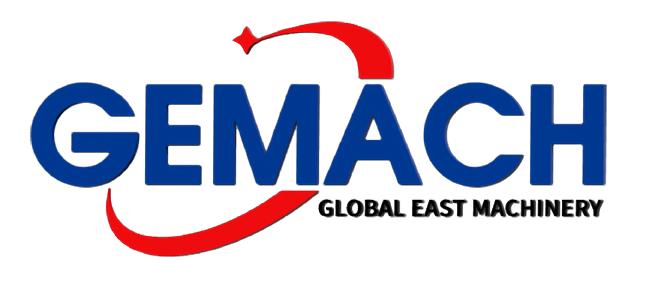Application characteristics and precautions of the combined tillage machine
Release time:
2024-08-21
In 1831, an American farmer inventor designed and manufactured a joint tillage machine pulled by two horses, achieving a harvesting efficiency equivalent to that of over 30 people, marking a significant breakthrough in the development of joint tillage machines. Since then, McCormick has been dedicated to improving and manufacturing joint tillage machines that are in high demand. By 1870, he had produced a large joint tillage machine pulled by 40 horses, with a width of 30 meters. The joint tillage machine was also equipped with packaging devices for wheat and oranges.
The combine harvester and other machines are simply the "lazy" weapons in the agricultural world. Let me show you the charm of the combine harvester. Development history.
In 1831, an American farmer inventor designed and manufactured a combine harvester pulled by two horses, achieving a harvesting efficiency exceeding that of 30 people, marking a significant breakthrough in the development of combine harvesters. Since then, McCormick has been dedicated to improving and manufacturing the much sought-after combine harvesters. By 1870, he had produced a large combine harvester pulled by 40 horses, with a width reaching 30 meters. The combine harvester was also equipped with devices for packaging wheat and oranges.
Tillage in agricultural production mainly refers to the process of cultivating and crushing soil using machinery and tools. In this process, the soil structure is loosened, and the surface is leveled, effectively optimizing the physical properties of the plow layer and creating good conditions for further planting.
Traditional mechanized tillage primarily relies on various agricultural machines such as tractor plows, subsoilers, or rotary tillers to perform multiple operations. The compaction issues within the soil layer lead to damage to aggregate structures in the soil layer, thereby affecting crop yield and quality.
A new type of agricultural tillage operation that features high efficiency and low energy consumption advantages. It can significantly reduce soil compaction problems caused by repeated entries of traditional mechanized agricultural machinery, which is beneficial for optimizing tillage structure and increasing agricultural yield. Through an analysis of the application characteristics of combine harvesters, this discusses their operational advantages and summarizes precautions for mechanized combined tillage operations.
The combine harvester has become an indispensable agricultural machine for field operations. Using it to harvest wheat can reduce threshing losses by 5-8% compared to manual harvesting, saving a significant amount of labor. A large grain combine harvester can harvest 400-500 acres of wheat in one day.
Modern combines can harvest over 120,000 square meters of grain in one working day. During each operation across the entire field, it cuts a swath of approximately 5.5 meters wide.
There are several reasons why combines first appeared in America and Australia. Firstly, both countries have large-scale agriculture with vast fields; thus farmers who can harvest quickly have an advantage over their peers. Additionally, early combines were more suited to dry climates than humid ones. Before combines succeeded in Britain, machines needed to be developed for harvesting dry grains because harvested grains were not dry enough for immediate storage.
Related News
How is a deep loosening machine maintained?
2024-09-18
Introduction to rotary tillers
2024-06-12
Contact Phone:86-13465191540
whatsapp:+86-13465191540
E-mail:Sophia@Gemach-sd.com
Address: Building G, Dingliang Industrial Park, Qihe County, Dezhou City, Shandong Province
Scan the two-dimensional code





